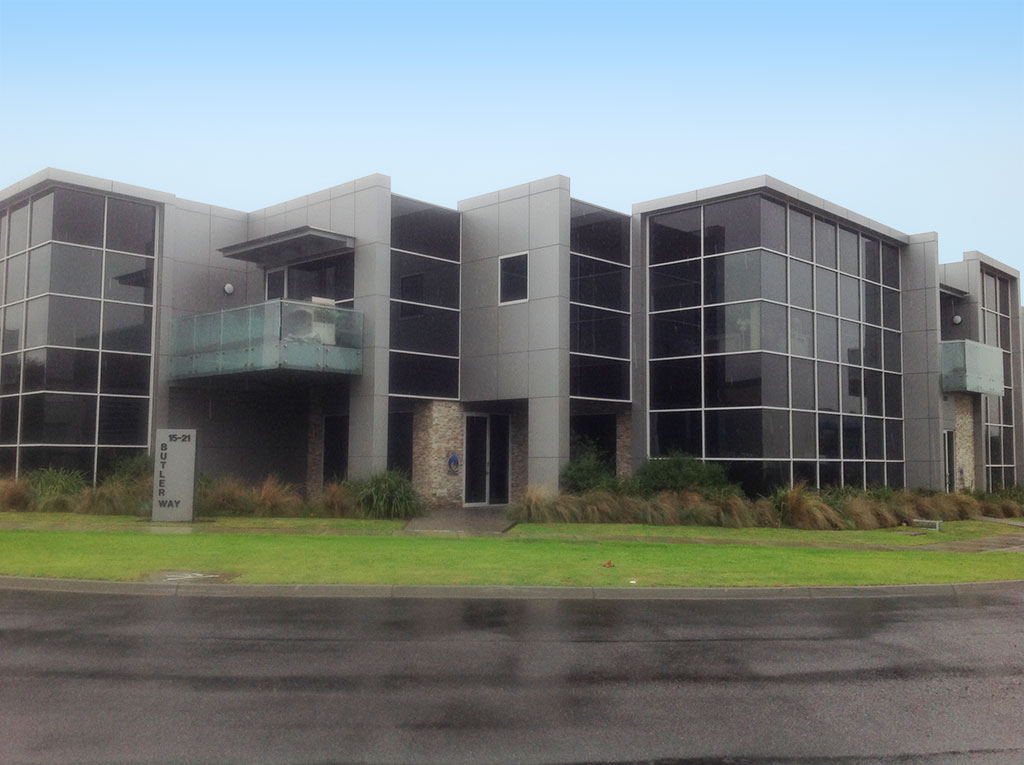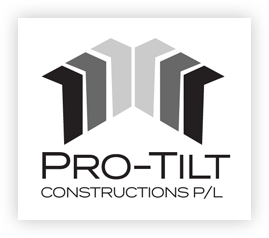Seismic Performance of Tilt-Up Panels: Designing for Earthquake-Resistant Structures
27 June 2024
Discover how tilt-up panels can be designed and constructed to ensure your commercial or industrial building in Australia withstands earthquakes.
As a commercial and industrial builder and contractor, Pro-Tilt Constructions understands the seismic performance of tilt-up panels in designing earthquake-resistant structures. Tilt-up panels are a popular choice for building construction. However, they must be designed and constructed to withstand the rigours of seismic activity.
Understanding Seismic Activity
Seismic activity refers to the movement of the Earth’s crust, which can cause earthquakes. These earthquakes can have devastating effects on structures, leading to damage, destruction, and loss of life. In Australia, where seismic activity is relatively low compared to other parts of the world, it is still essential to design structures to withstand potential earthquakes.
Designing for Seismic Resistance
Designing tilt-up panels for seismic resistance involves several key considerations:
• Material Selection: The choice of materials for tilt-up panels is critical. Materials such as concrete, steel, and masonry must be selected based on their strength, durability, and ability to withstand seismic forces.
• Panel Design: The design of the tilt-up panels must take into account the potential forces that will be exerted on them during an earthquake. This includes the weight of the panel itself, as well as any additional loads such as wind, rain, and snow.
• Connection Details: The connections between the tilt-up panels and the foundation must be robust and able to withstand the forces generated by seismic activity. This includes the use of high-strength fasteners and anchorage systems.
• Foundation Design: The foundation design must also be robust and able to transfer the forces generated by seismic activity to the ground. This includes the use of deep foundations, such as piles, and the design of the foundation to resist lateral loads.
Key Considerations for Seismic Performance
When designing tilt-up panels for seismic resistance, several key considerations must be taken into account:
• Panel Size and Weight: Larger and heavier panels are more susceptible to damage during an earthquake. Therefore, it is essential to design panels that are proportionate to the building’s size and load requirements.
• Connection Details: The connections between the tilt-up panels and the foundation must be robust and able to withstand the forces generated by seismic activity.
• Foundation Design: The foundation design must be robust and able to transfer the forces generated by seismic activity to the ground.
• Material Selection: The choice of materials for tilt-up panels is critical. Materials such as concrete, steel, and masonry must be selected based on their strength, durability, and ability to withstand seismic forces.
• Panel Design: The design of the tilt-up panels must take into account the potential forces that will be exerted on them during an earthquake.
Building Resilience with Confidence
Pro-Tilt Constructions brings extensive experience in designing and building earthquake-resistant structures using tilt-up panels. We understand the critical role of material selection, panel design, connection details, and foundation engineering in achieving optimal seismic performance.
Partner with Pro-Tilt Constructions for your next project, and experience the confidence that comes with building resilience in earthquake-prone regions.
Optimized by: Netwizard SEO

